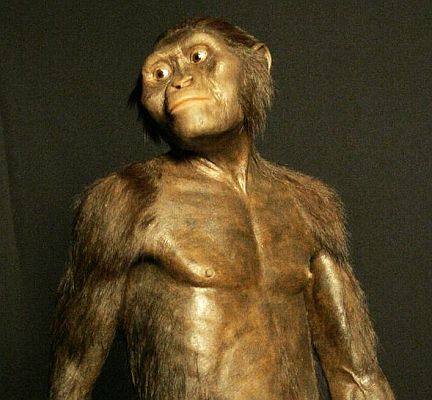3.8-million-year-old skull discovered in Ethiopia identified as ancestor of 'Lucy' [View all]
A 3.8-million-year-old skull discovered in Ethiopia has been identified as the ancestor of the famous homonid “Lucy,” researchers announced Wednesday. Discovered in February 2016 at the Woranso-Mille paleontological site in Ethiopia, researchers identified the skull as the species Australopithecus anamensis.
The species is an ancestor of the Australopithecus afarensis species, to which the “Lucy” skeleton belonged, according to research published in the journal Nature. By dating minerals in volcanic rocks in the area where the skull was discovered, researchers determined it was 3.8 million years old. The oldest A. Afarensis dates back to 3.9 million years ago, meaning its existence overlapped with the species of the newly identified skull, which lived between 3.9 and 4.1 million years ago.
Researchers said that the A. anamensis and A. afarensis “co-existed for approximately 100,000 years,” challenging the widely-accepted idea that there was a sequential transition from one species to another. “This is a game changer in our understanding of human evolution during the Pliocene," Yohannes Haile-Selassie, of the Cleveland Museum of Natural History and researcher on the project said in a statement.
Haile-Selassie said the skull has a combination of “primitive and derived cranial features” that were not expected to be on a single species.
https://www.nydailynews.com/news/national/ny-million-skull-ancestor-lucy-discovered-ethiopia-20190828-jr2advhrz5fnzhab4g3stbylla-story.html

